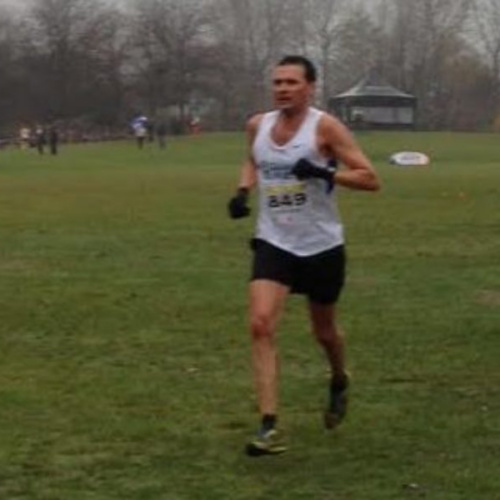The Run Clinic Long Run
Published on March 29, 2022
Our training program includes three key workouts per week: speed, tempo and long run. This week’s newsletter looks at the benefits of a long run in preparing for the half marathons and full marathons.
The long easy run is simply that, a run at an easy pace which is slower than your marathon race pace. Anything slower than marathon race pace is in the easy pace zone. For runners using heart rate monitors, your easy pace is also the same as running at your heart rate training zone of 65% to 75% of maximum heart rate.
The easy pace runs correspond to a pace well below, or at the aerobic threshold. The aerobic threshold is the maximum speed you can run at where the oxygen you take in is sufficient to meet your body’s needs. Running faster puts you in oxygen debt.
During a long slow run you want to avoid anaerobic running which produces lactic acid. The lactic acid causes muscle fatigue and slows down your fitness development. Longer slow runs improve the efficiency of your aerobic systems, and develop the ability to burn fat as a fuel source. As a guide, your marathon race pace can be used as an estimate of the top speed of your aerobic threshold.
You can improve your aerobic threshold over time through long easy pace runs, and occasional workouts that challenge the upper range of the aerobic zone, ie running at marathon race pace. Every 3 or 4 weeks I have added to the training schedule a 2 or 3 times 2km pace pick-up at marathon pace during your long easy pace run. Adding 2km pace pick-ups to your long run is effective at raising your aerobic threshold. As your aerobic threshold improves, you will run a faster marathon and half marathon because you are able to run a faster pace without going into oxygen debt.
If you run all of your long runs too fast at marathon pace or faster, you could burn out before race day and train yourself into a critical fatigue condition. At the critical fatigue condition you don’t have extra reserves; you’ve used all of your reserves in training and have saved nothing for races. Without the extra reserves it is more difficult to finish a race at a strong pace. No reserves; you hit the wall sooner and run a slower race. Even slightly above the aerobic threshold for an extended period of time can be detrimental.
The best approach is to run most of your long runs below the aerobic threshold. If you are not sure if you are running faster than your aerobic threshold then it’s better to err on the side of caution, and run slower than run too fast.
FORERUNNERS CLINIC LONG RUNS
For the half marathon group the long runs range from 10km to 21km, while the distance for the marathoners range from 15km to 36km. The distance of the long runs is gradually increased to allow you to adapt week over week. Your body’s energy systems become more efficient, your legs become better at running long distances and you learn to concentrate for extended periods of time.
Your paces can vary to a large degree as the aerobic zone is quite wide. As a guide here are the clinic paces for half and full marathon long runs:
– Half marathon pace plus 45 to 60 sec per km.
– Full marathon pace plus 30 to 75 sec per km.
There is a wide range in the target paces. If you feel your pace group is running too fast then change to the next pace group. Runners adapt differently to marathon training. Some need to train at a faster pace while others need to just complete the distance to be ready for race day. It’s better to run the long runs too slow than too fast as you have less chance of burnout. Easy pace is okay, event specific race pace training occurs during the Monday Tempo workouts rather than the long runs.
As you progress I add some long runs with race paces included in the middle of the run i.e. marathon race pace tempo. You will be comfortable with running at race pace but you won’t be burnt out by running at race pace every week.
For the marathon distance, the long training runs leading up to the race provide mental strength. Completing the longer distances over 30km gives you the satisfaction of knowing you can run a 42.2km marathon. If you feel confident in your ability to run long distances you will race better. For the first time half marathoner, running up to 19km during workouts lets you know you can run two more kilometers on race day.
Another key benefit of long runs is that your muscle tissue adapts and becomes more efficient at utilizing fuel. It usually takes three or more longer workouts for this process to occur. After several weeks of long distance training your muscles become more efficient and can store fuel better to successfully complete the race and run a faster time.



